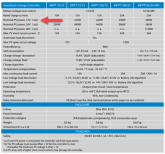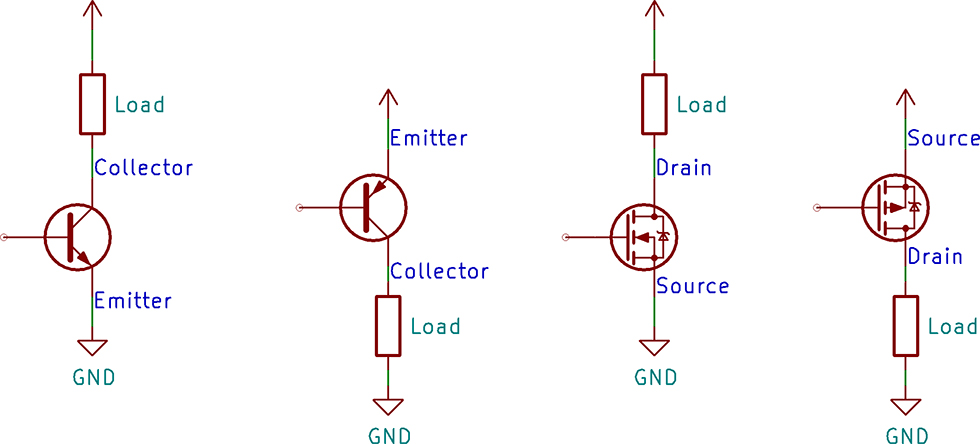hi everyone,
New to the site and looking for recommendations for my travel trailer. just got the trailer and drained batteries after 2.5 days of camping.
trailer has 2 relatively new 90amp batteries. im looking to get a 200w system that i can expand to 400w if i choose to at a later date. i was going to get a renogy 200w system but they seem really backed up and i like to get system asap. HQST , Rich and eco power are also possible considerations. Im interested in what you guys got and would do differently. MPPT controller or PVM , is Bluetooth remote monitoring really helpful? thx in advance for the help
New to the site and looking for recommendations for my travel trailer. just got the trailer and drained batteries after 2.5 days of camping.
trailer has 2 relatively new 90amp batteries. im looking to get a 200w system that i can expand to 400w if i choose to at a later date. i was going to get a renogy 200w system but they seem really backed up and i like to get system asap. HQST , Rich and eco power are also possible considerations. Im interested in what you guys got and would do differently. MPPT controller or PVM , is Bluetooth remote monitoring really helpful? thx in advance for the help




